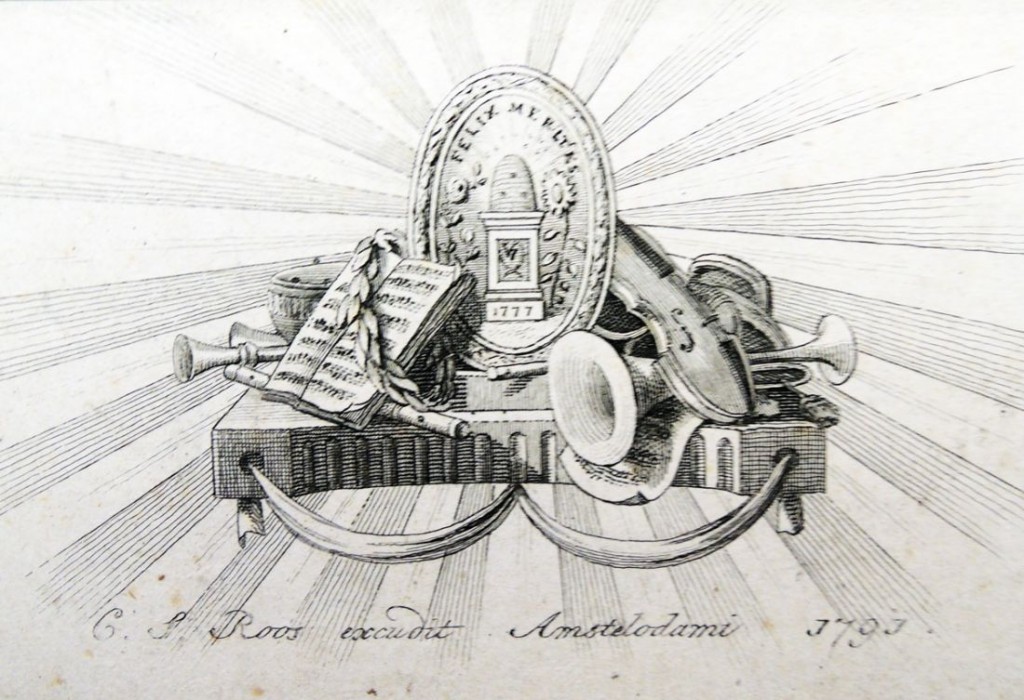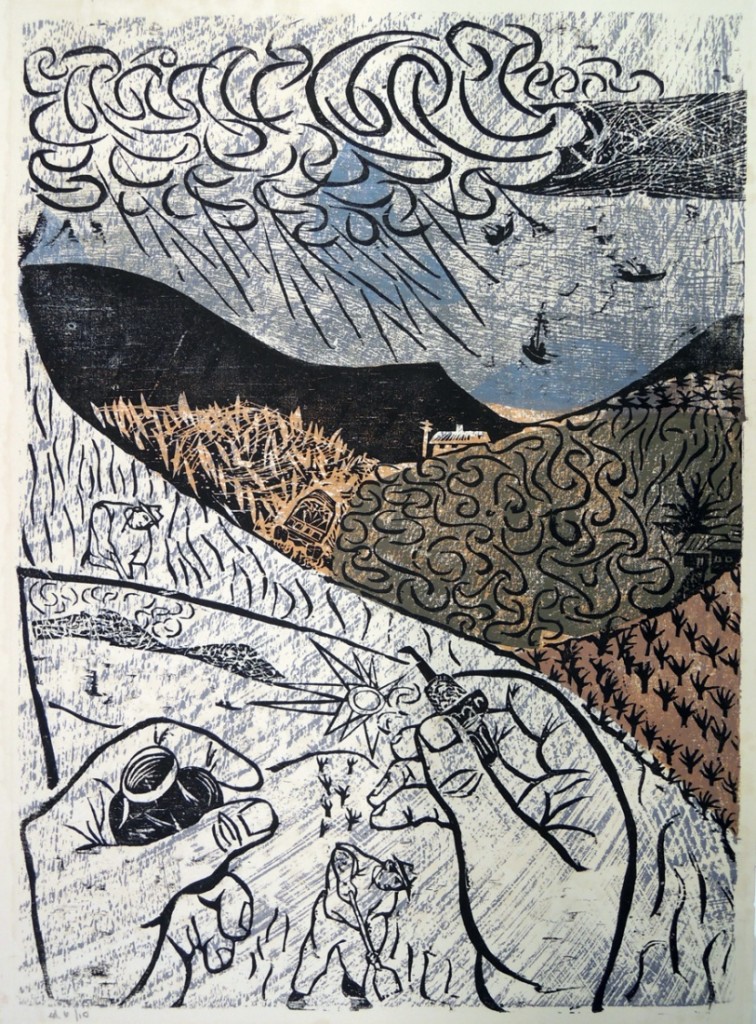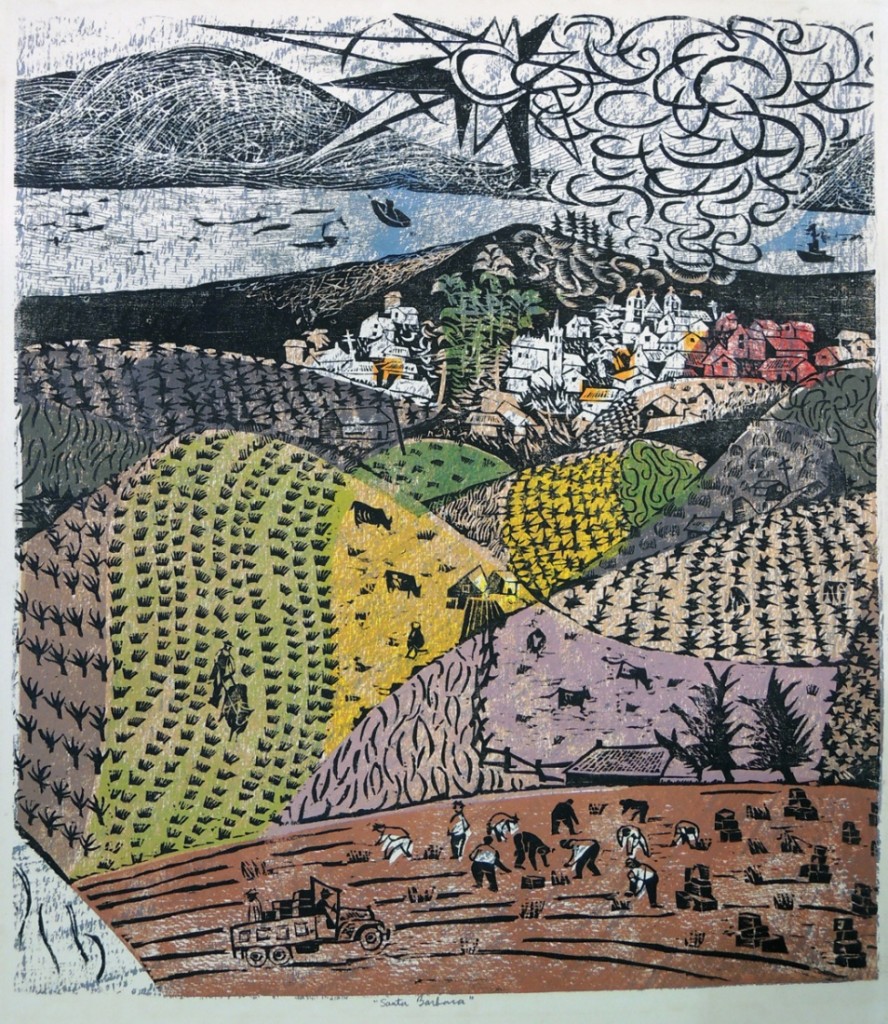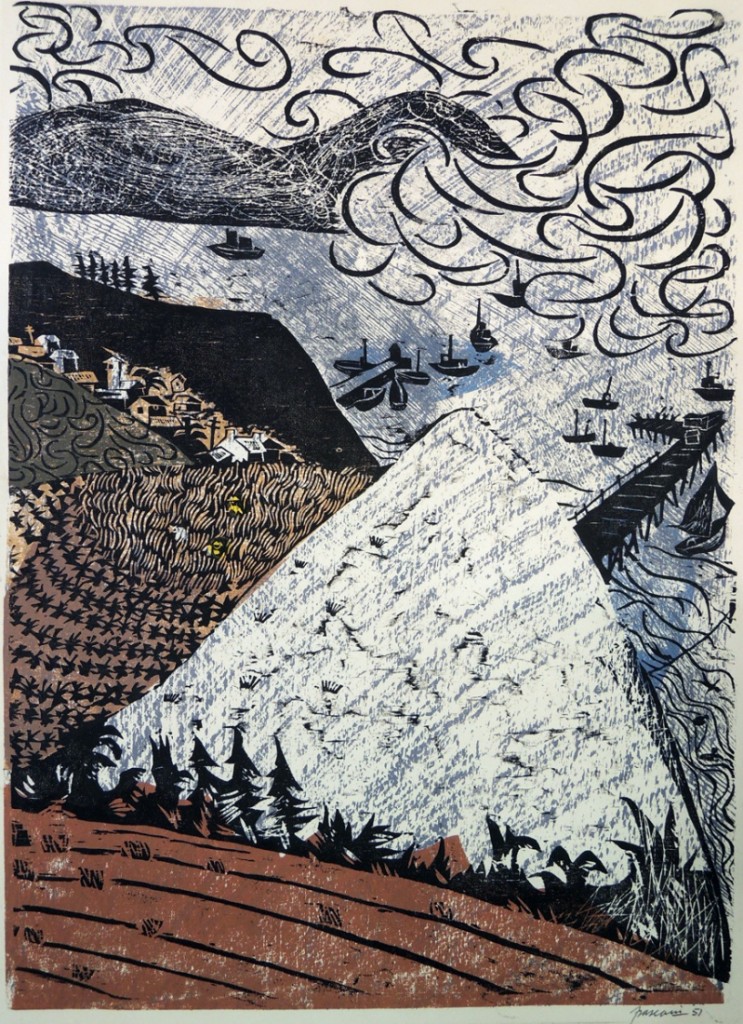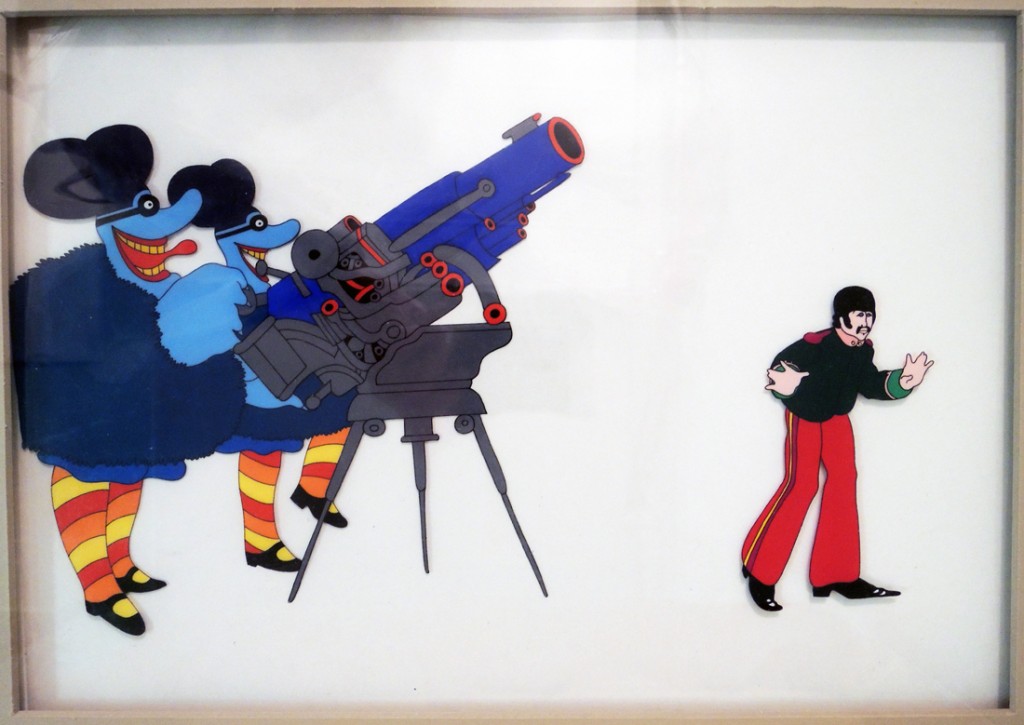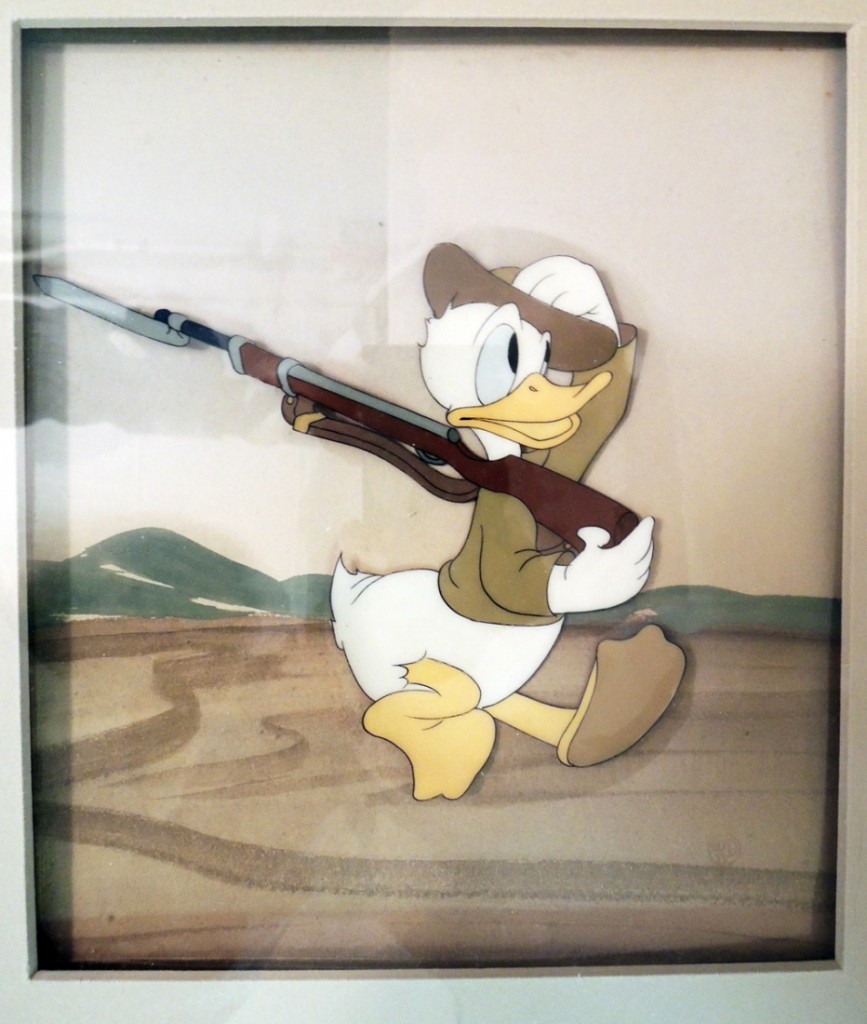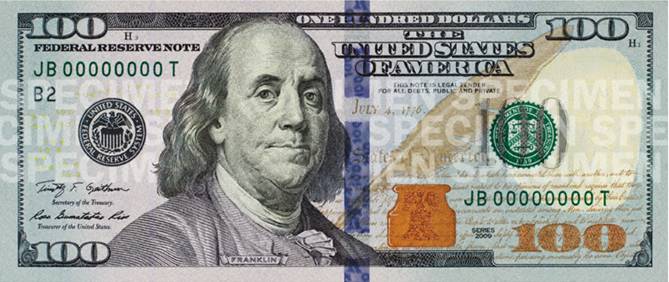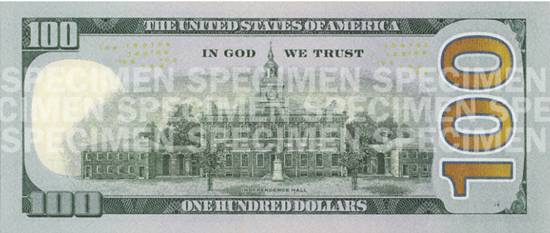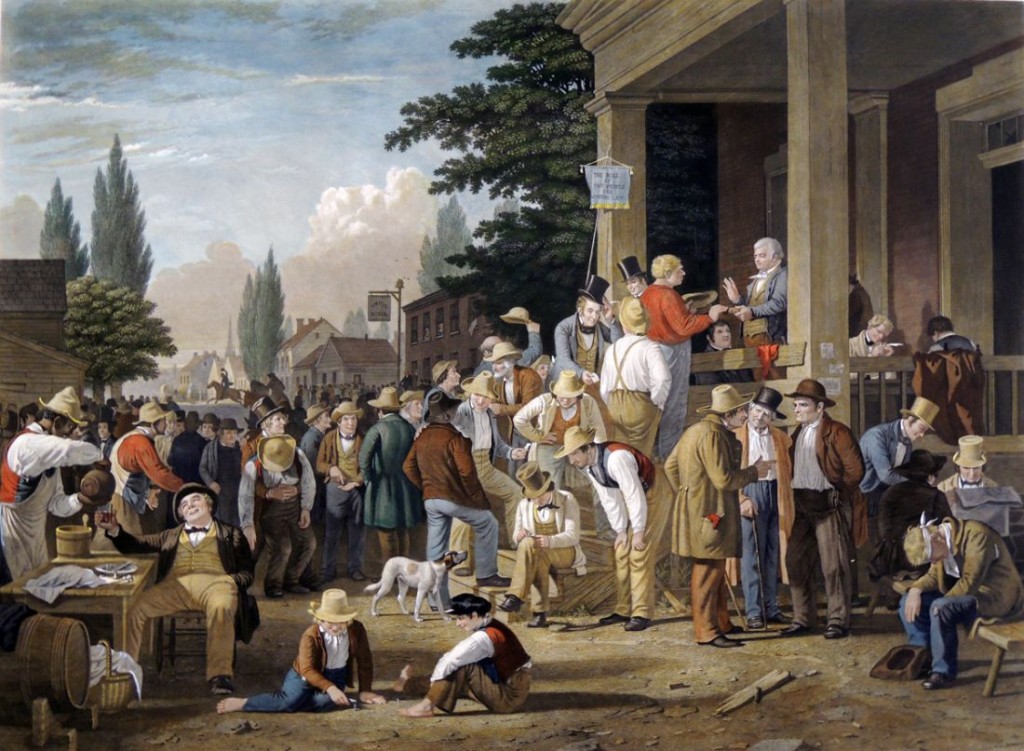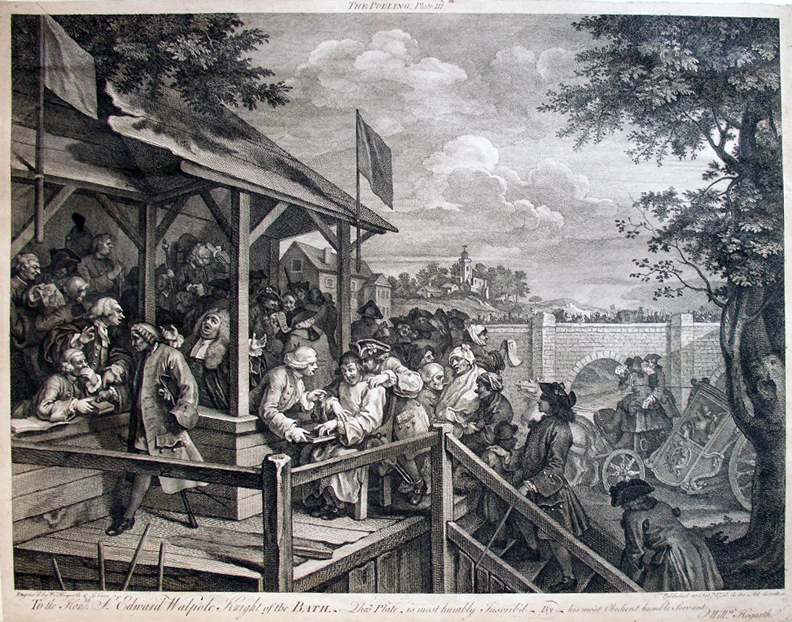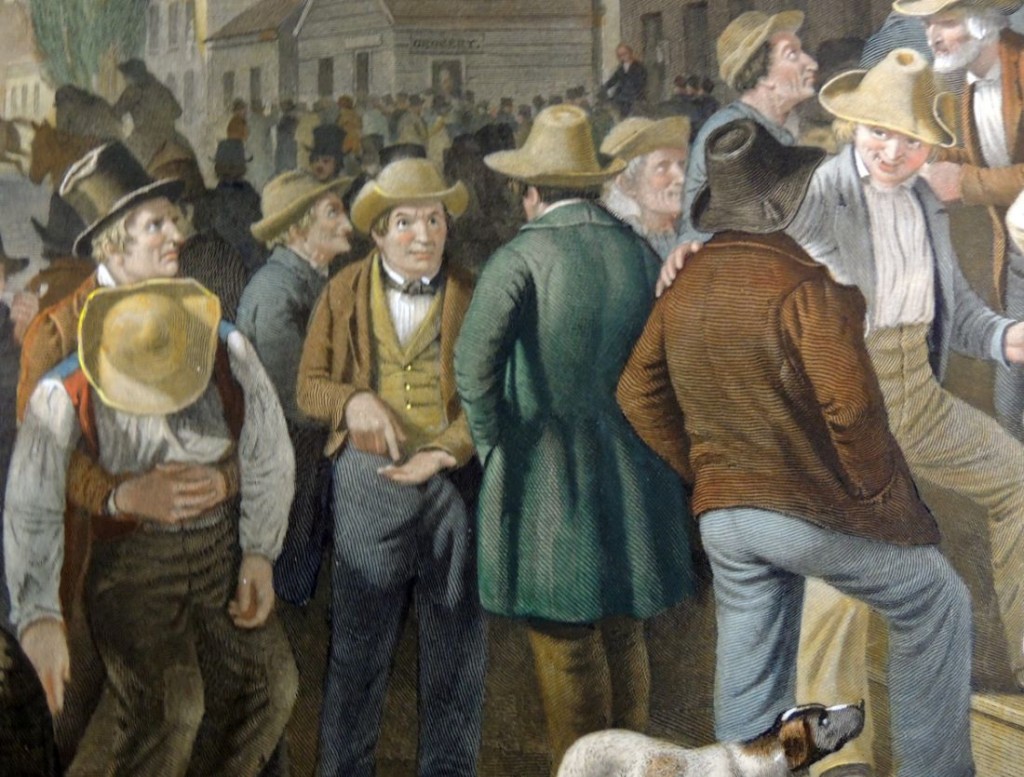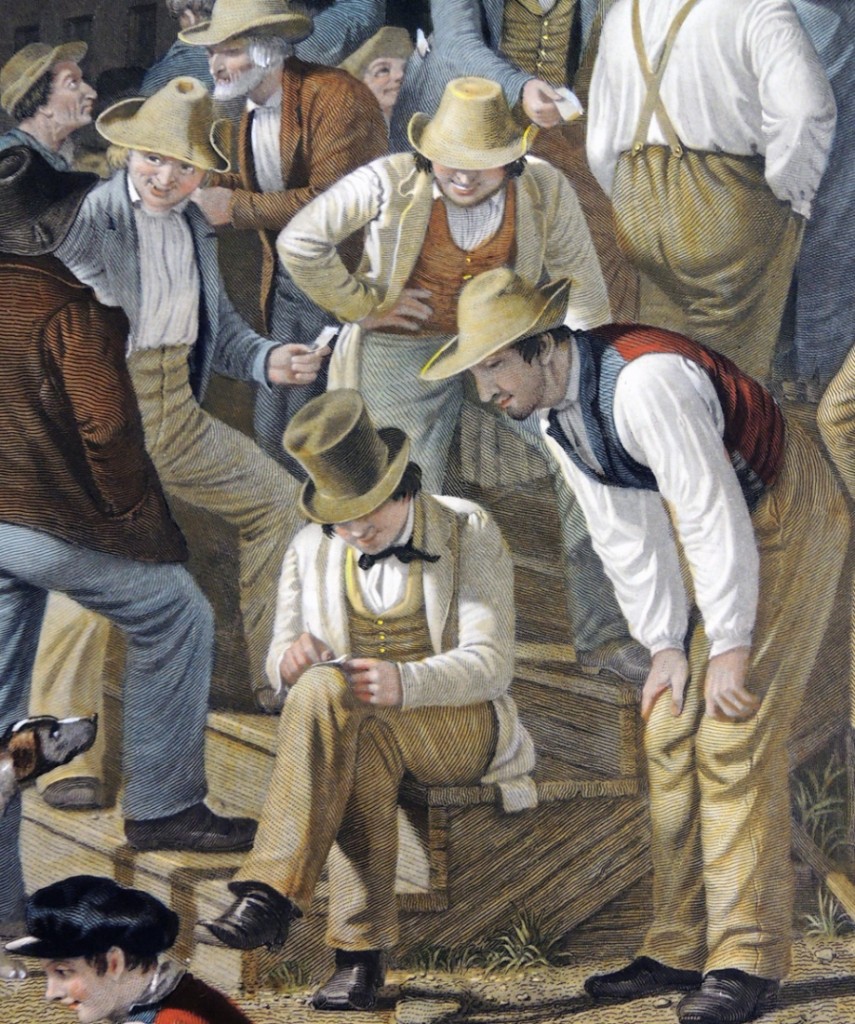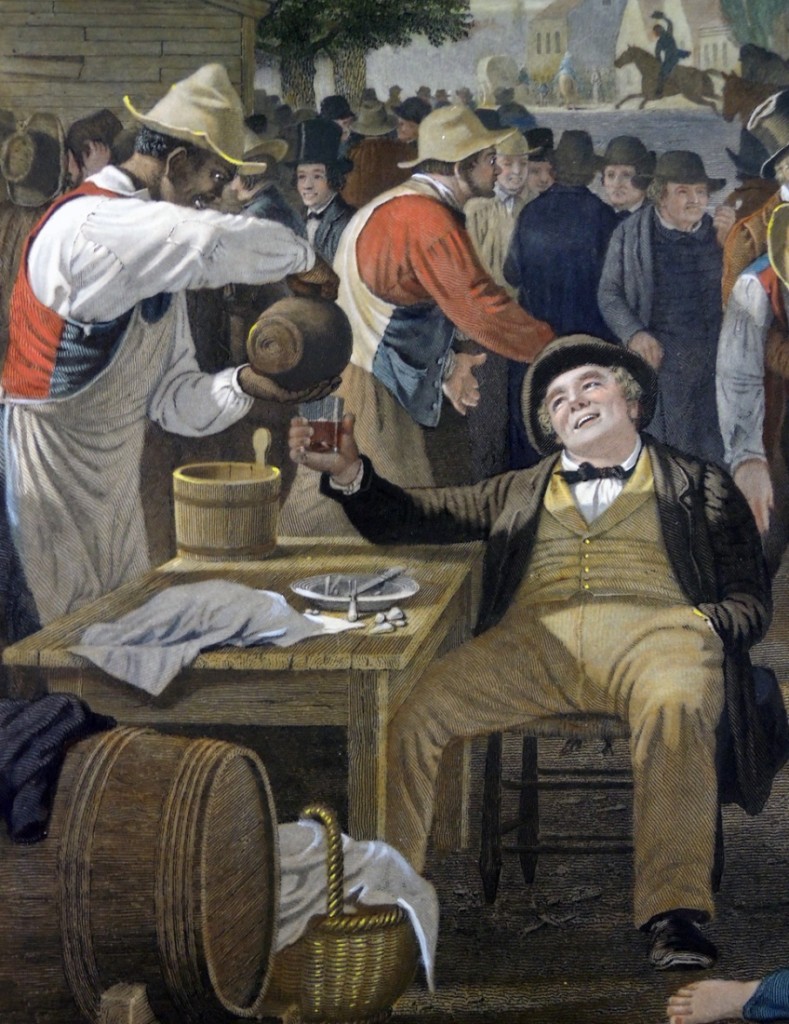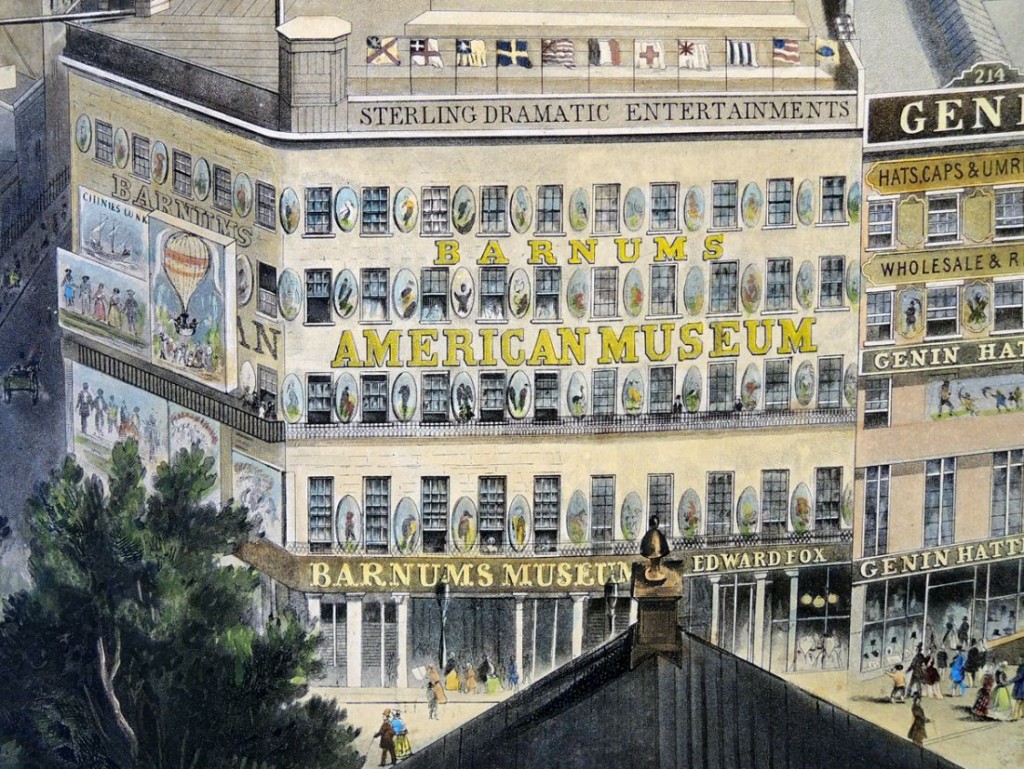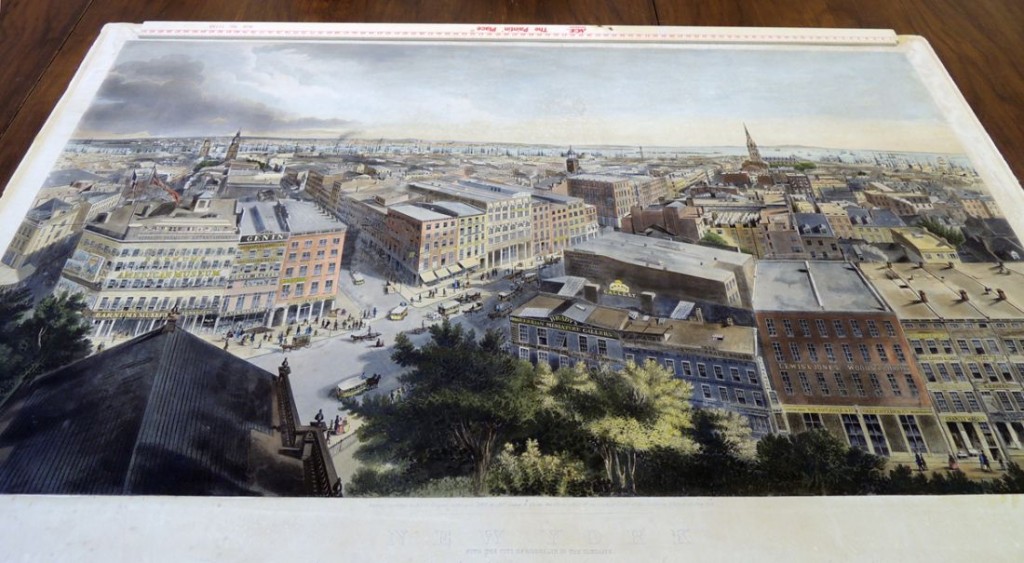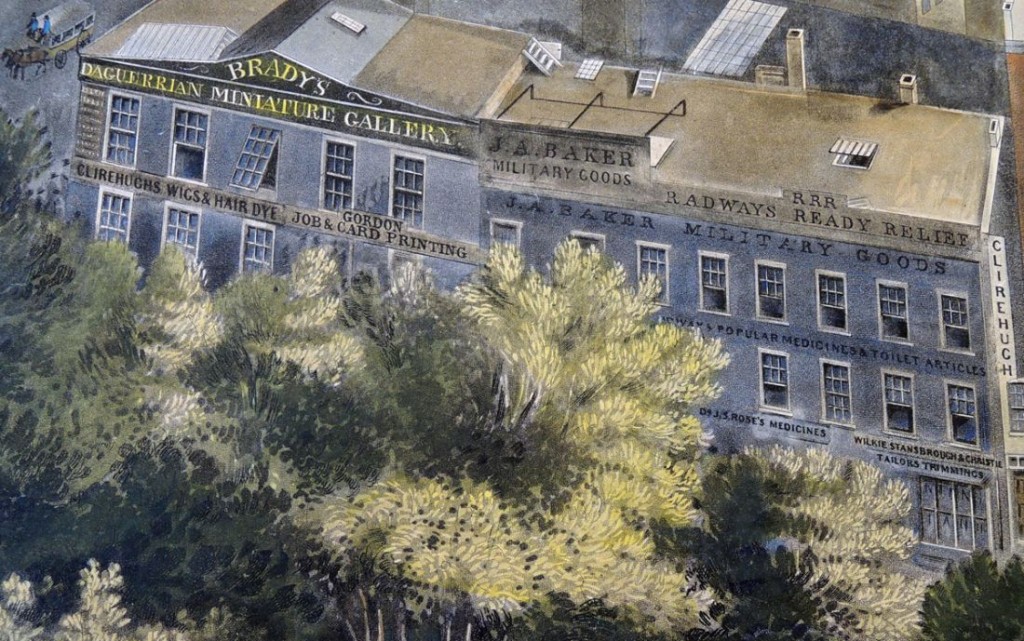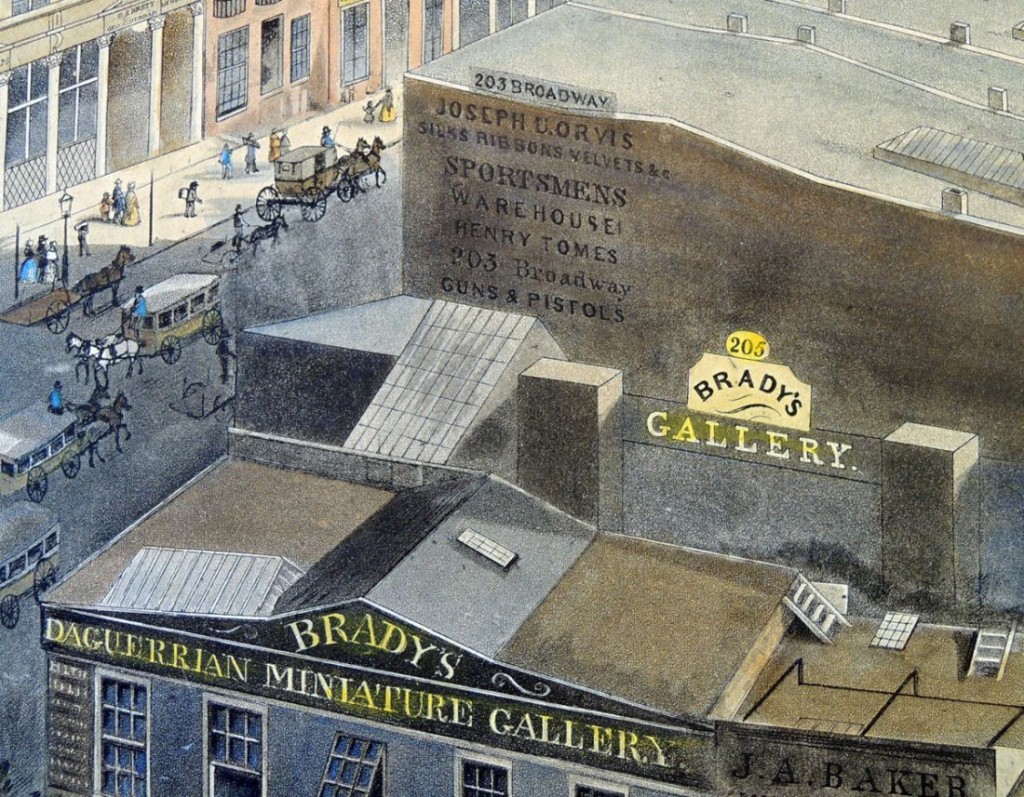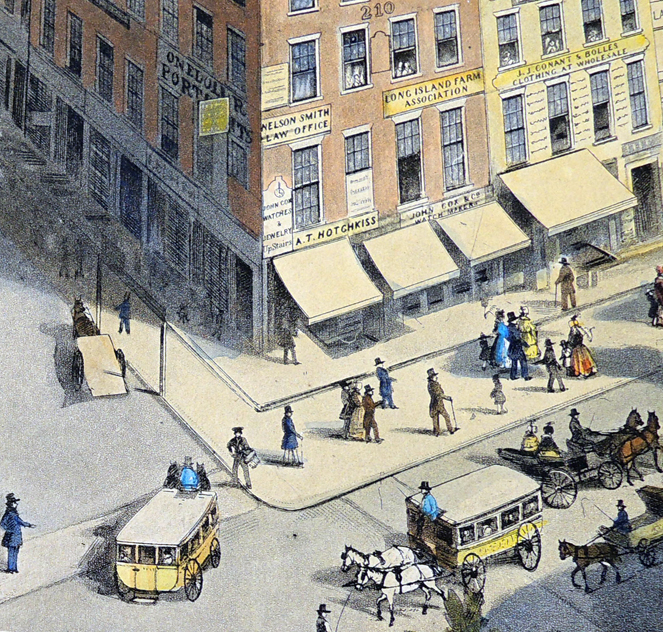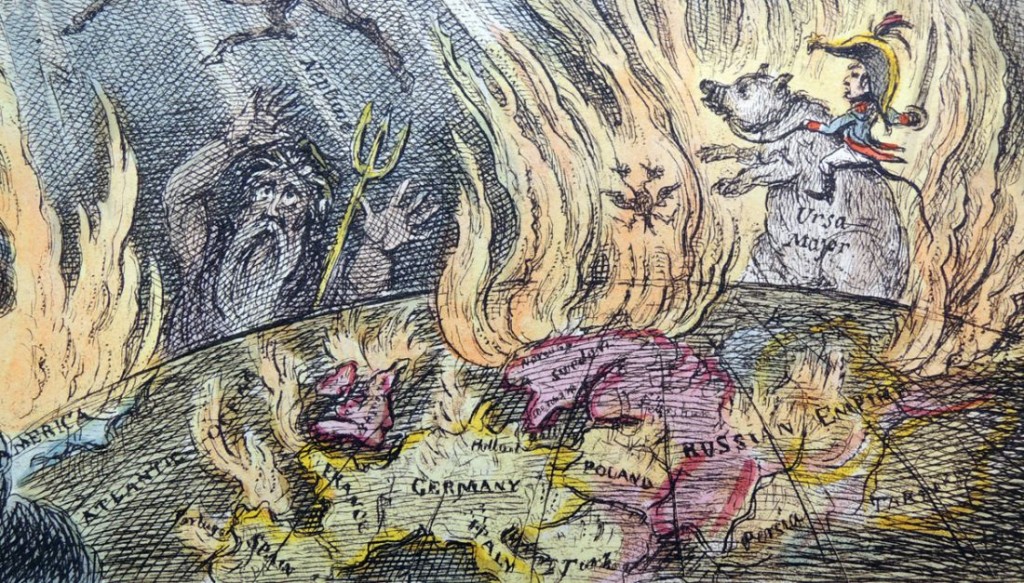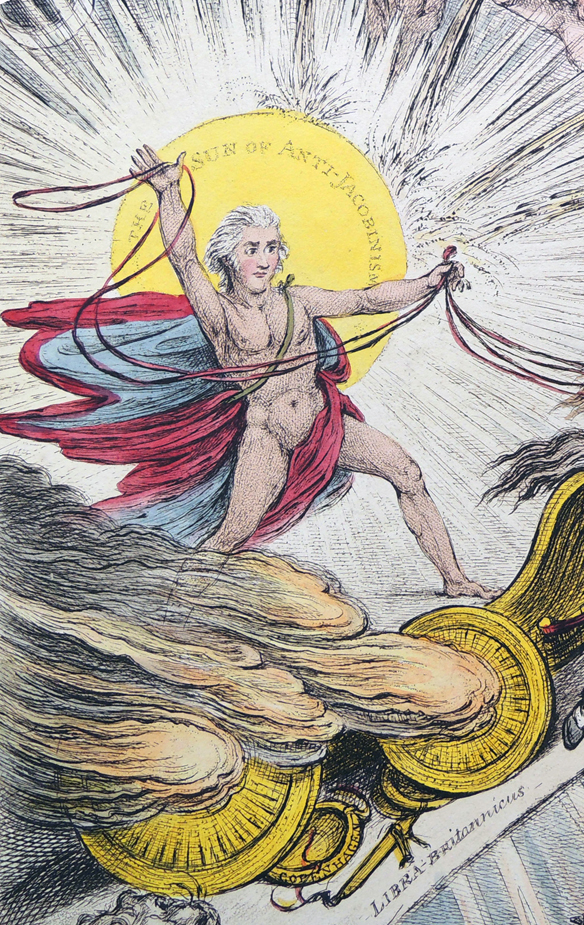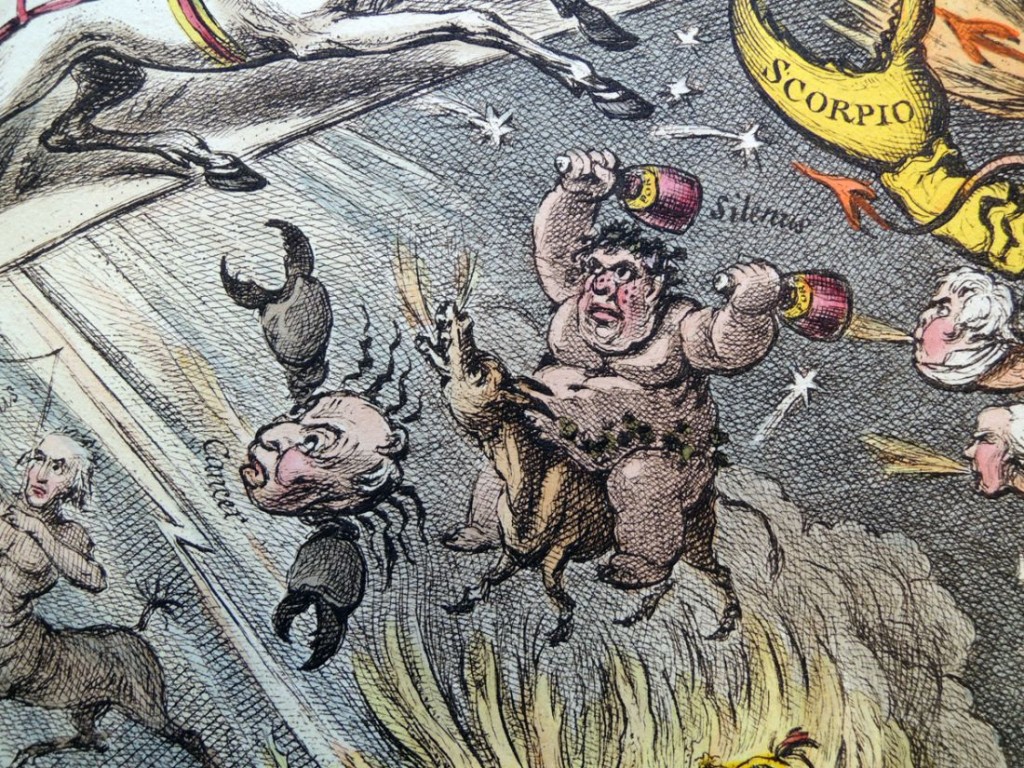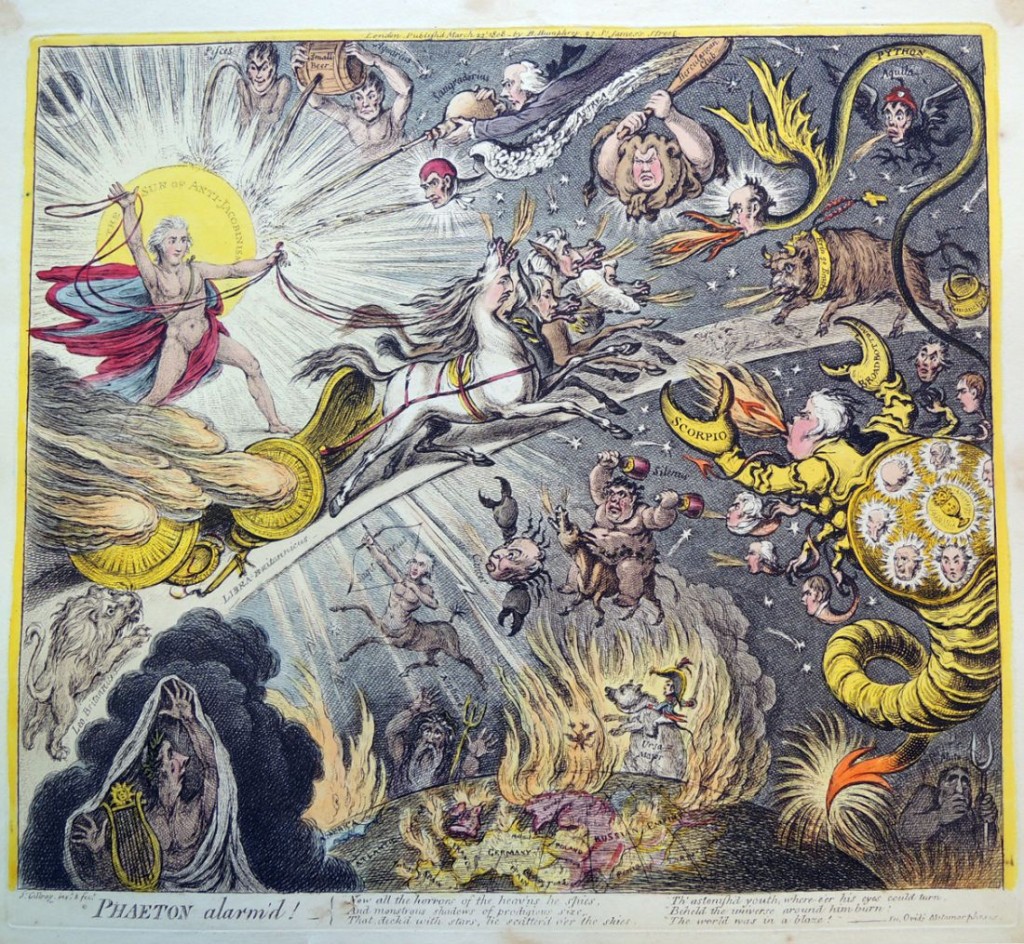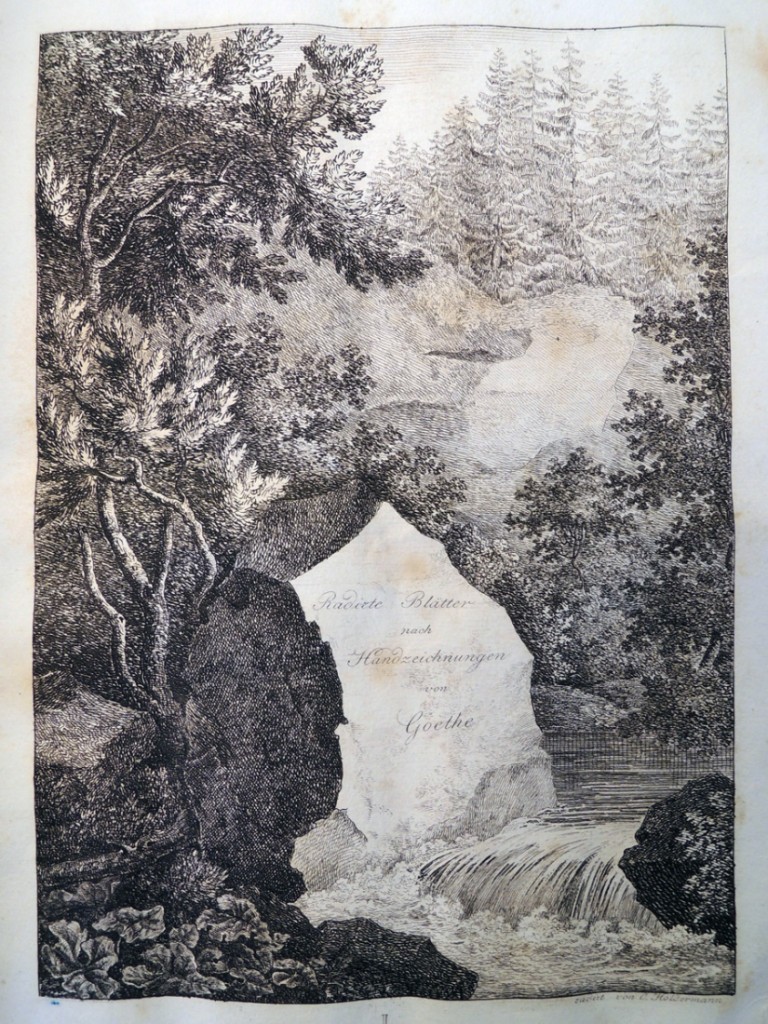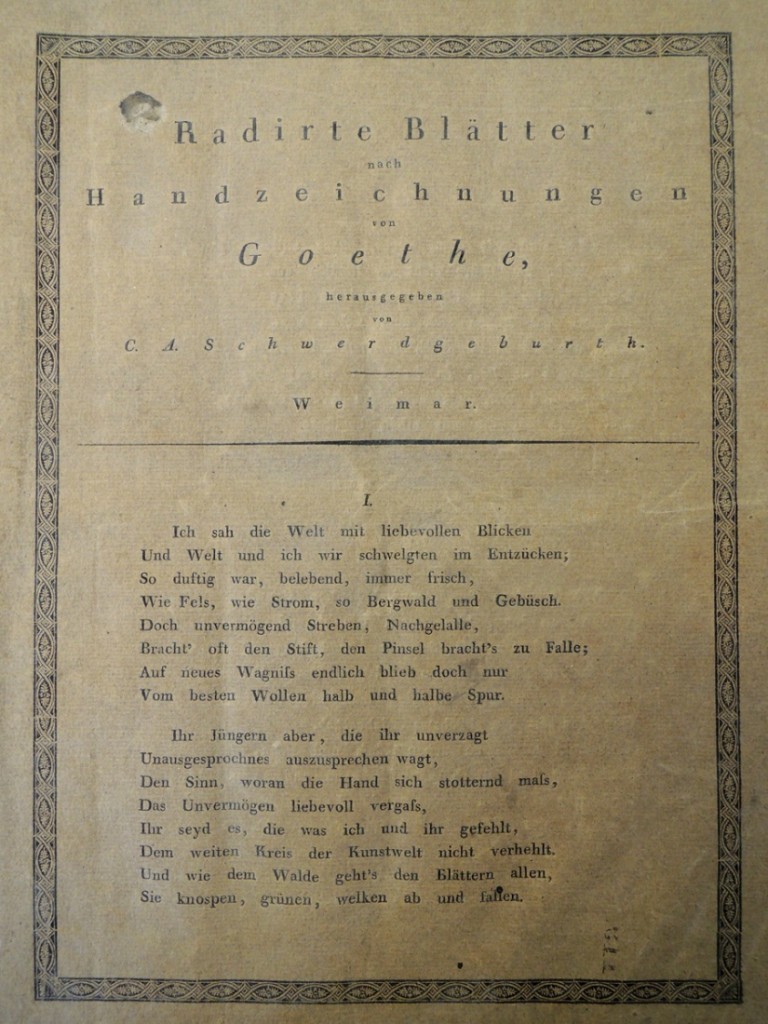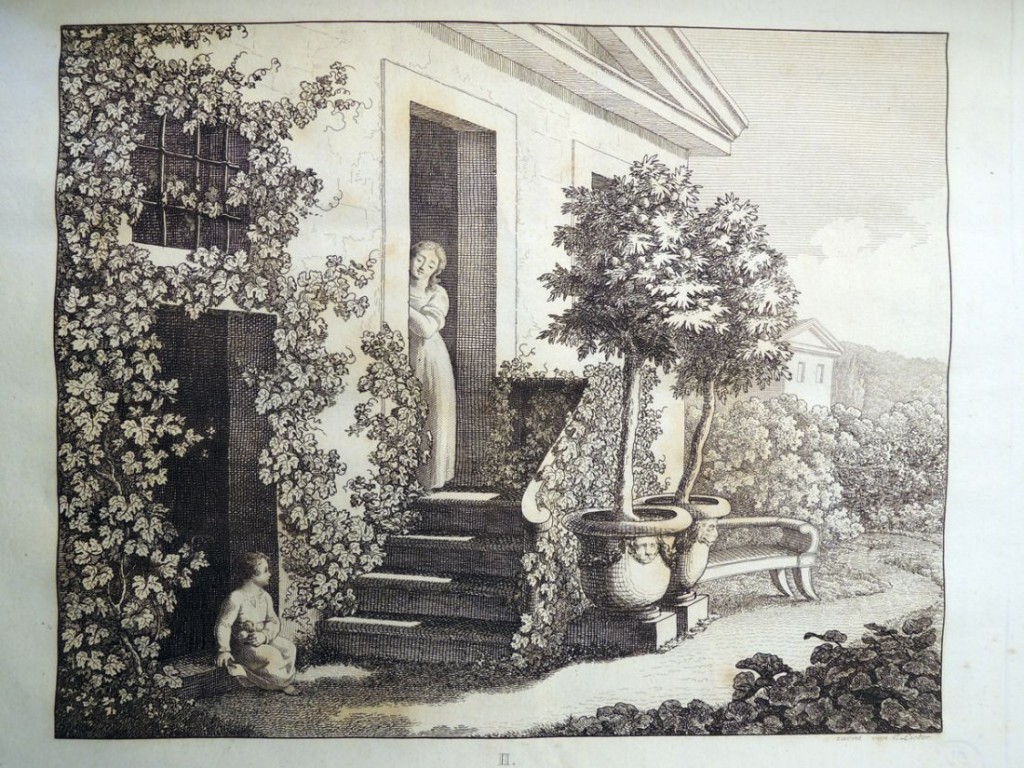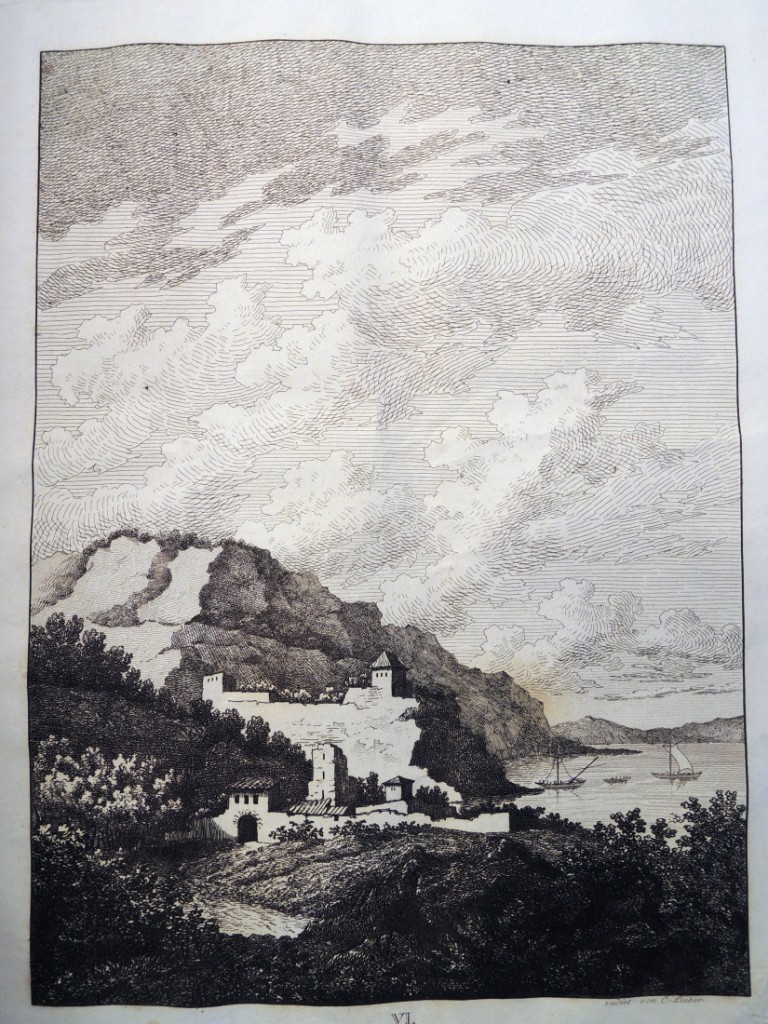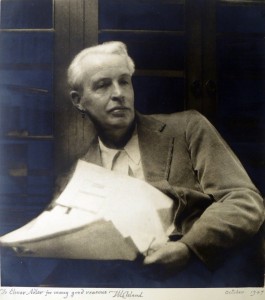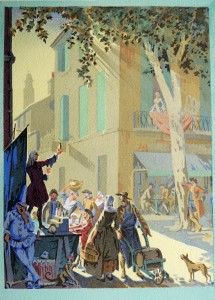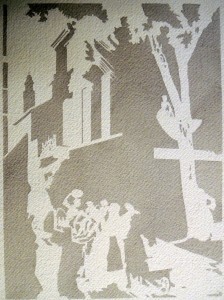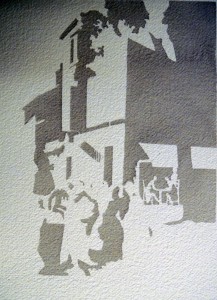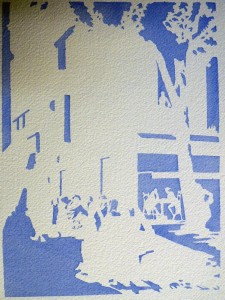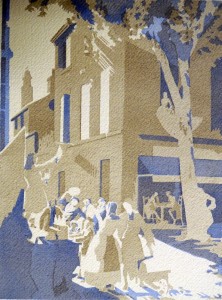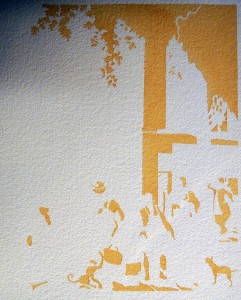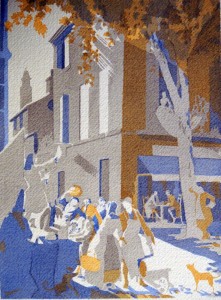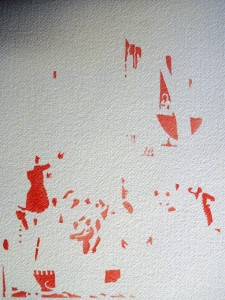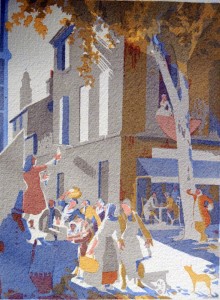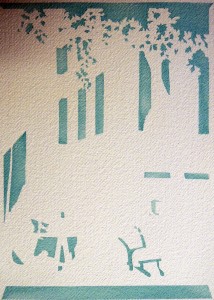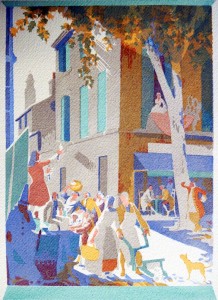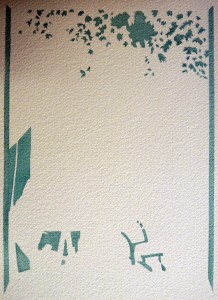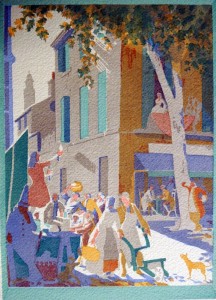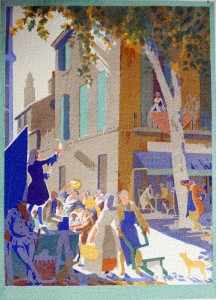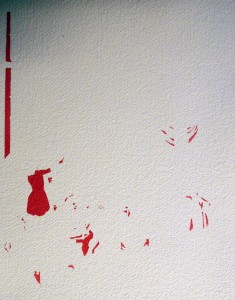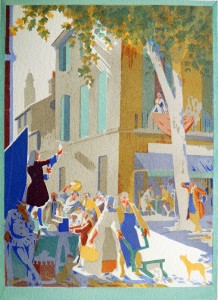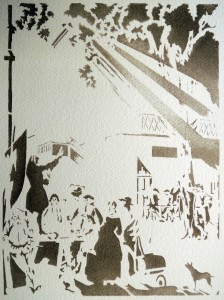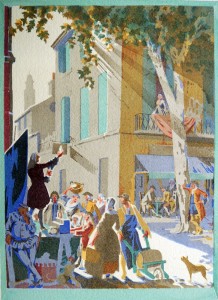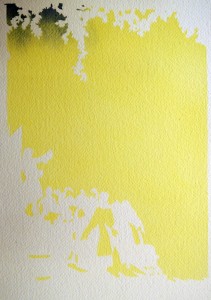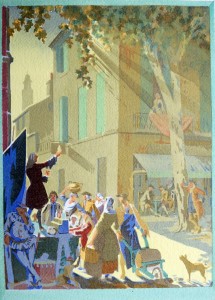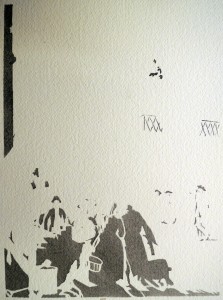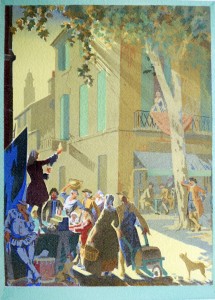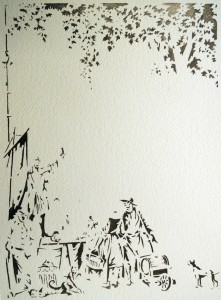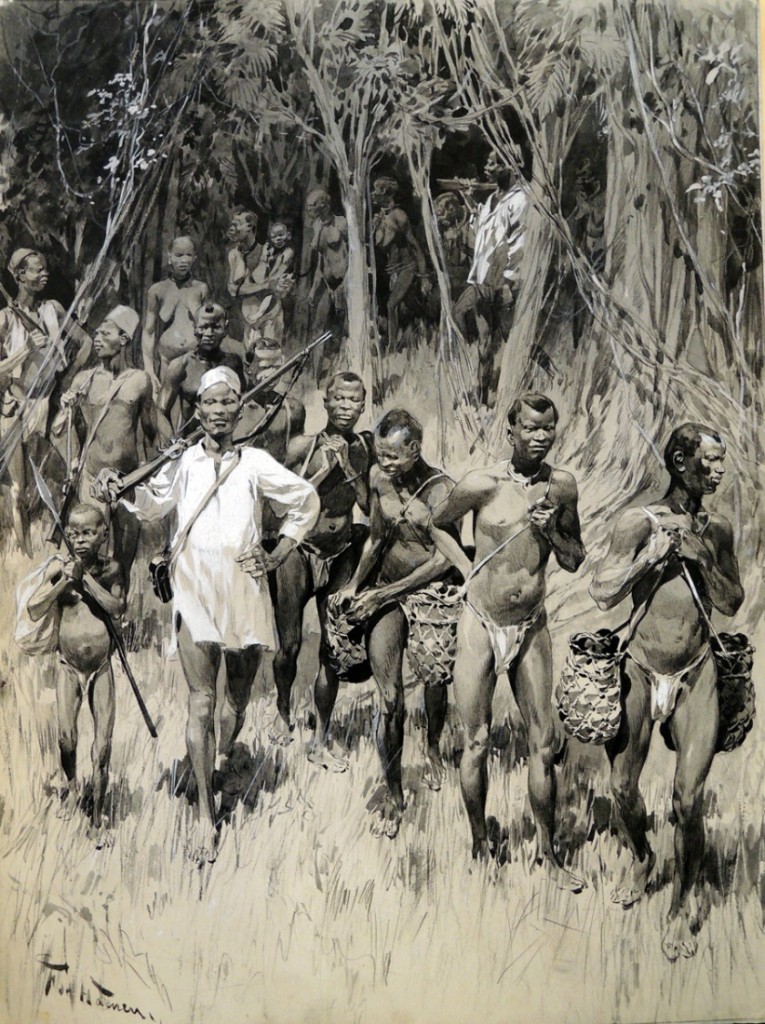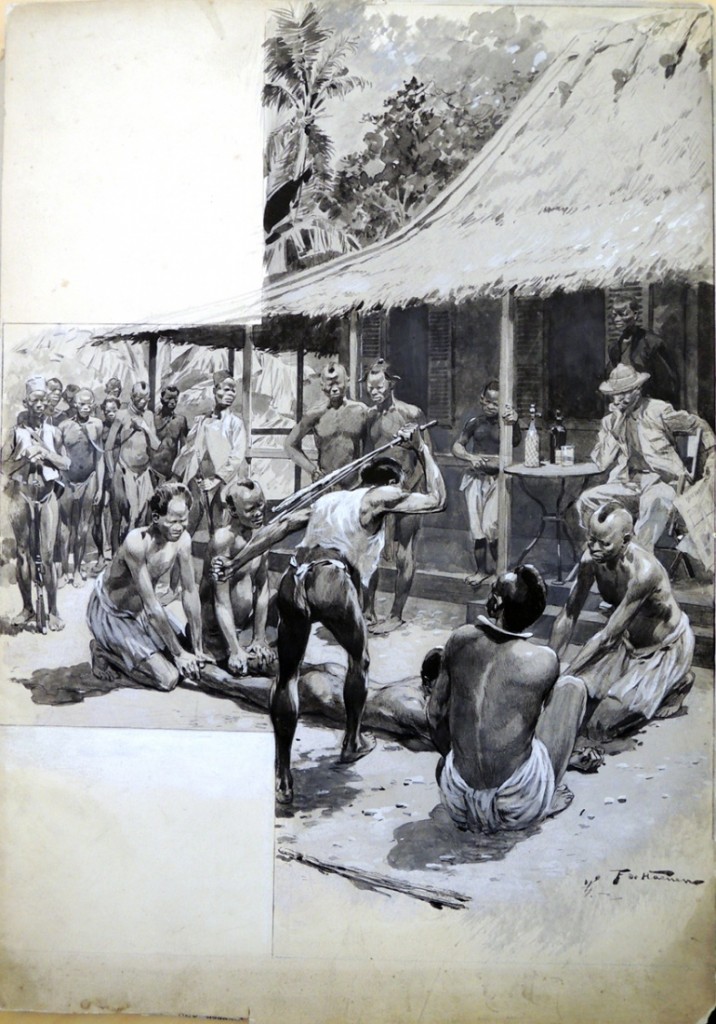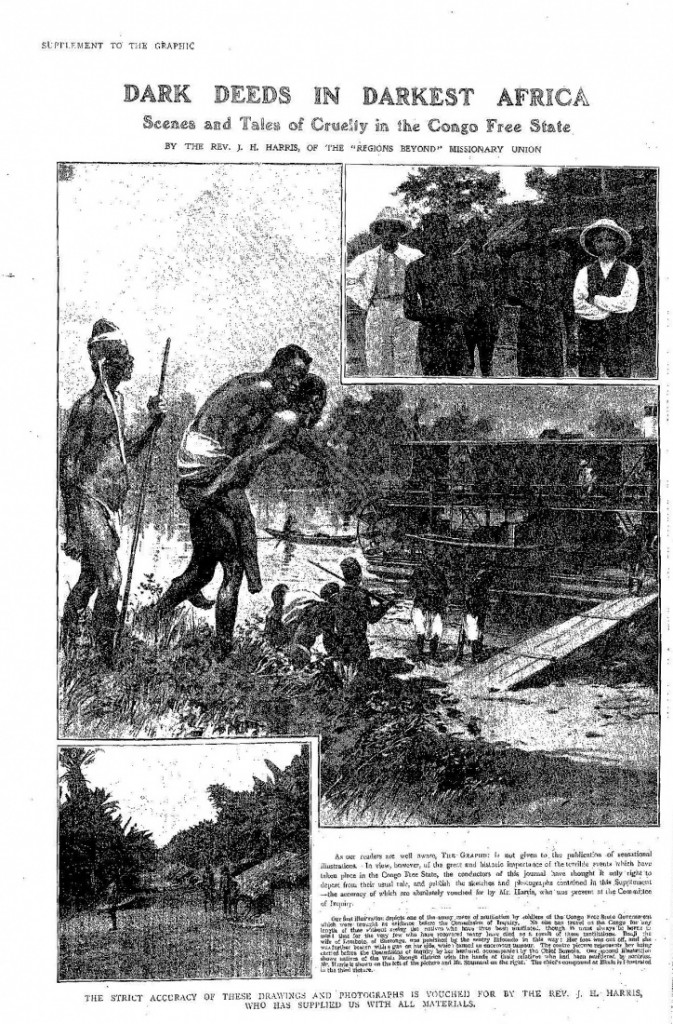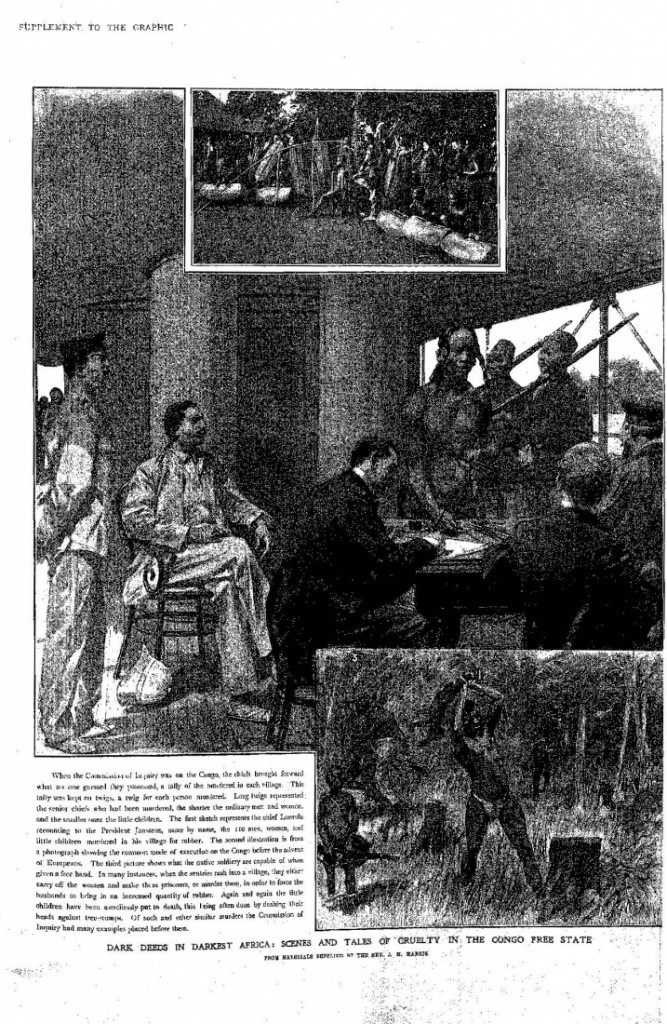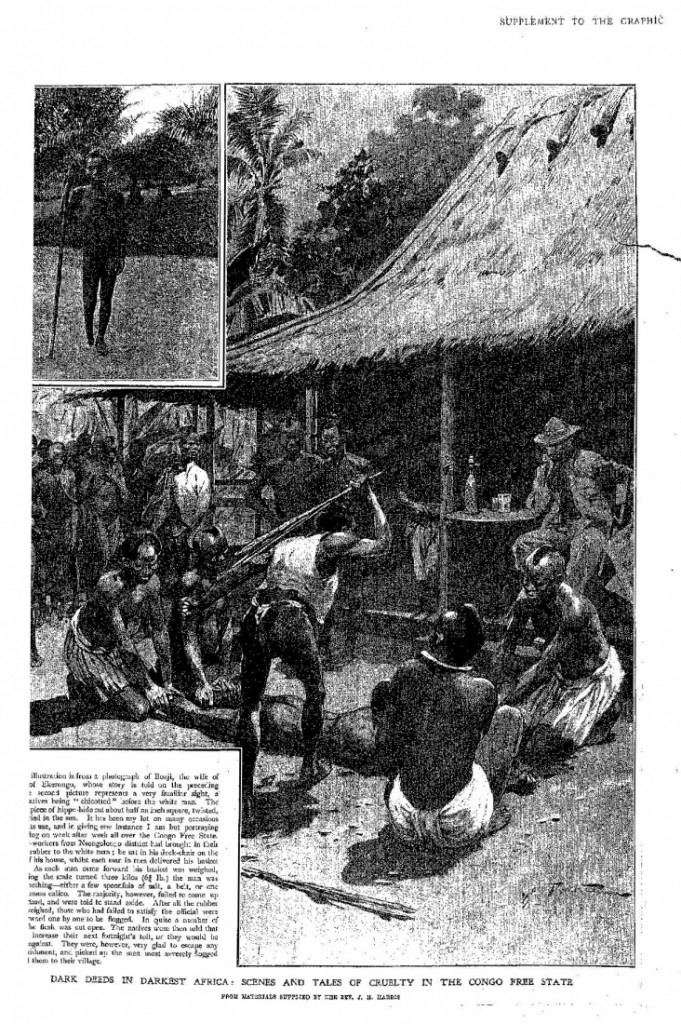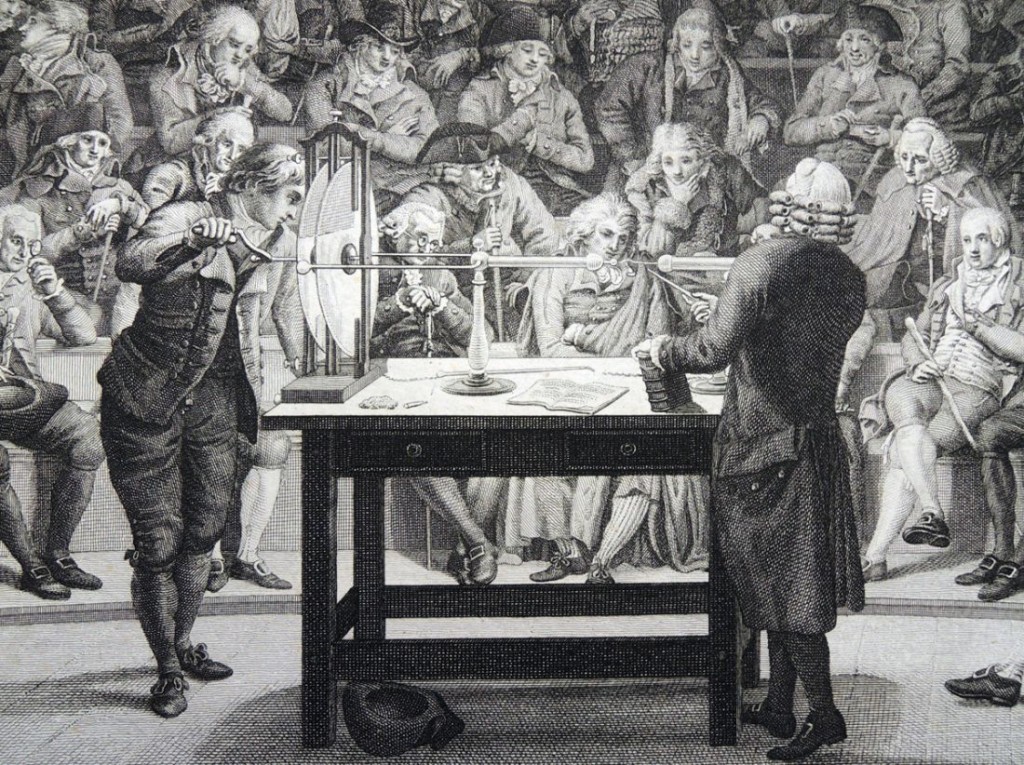 In 1801, a demonstration of electricity was held at the Felix Meritis Society in Amsterdam. The Society was established for the promotion of music, drawing, physics, commerce and literature and its building, designed by Jacob Otten Husly, opened to the public on October 31, 1788. These engravings depict some of the many concerts, debates, lectures, and demonstrations held there.
In 1801, a demonstration of electricity was held at the Felix Meritis Society in Amsterdam. The Society was established for the promotion of music, drawing, physics, commerce and literature and its building, designed by Jacob Otten Husly, opened to the public on October 31, 1788. These engravings depict some of the many concerts, debates, lectures, and demonstrations held there.
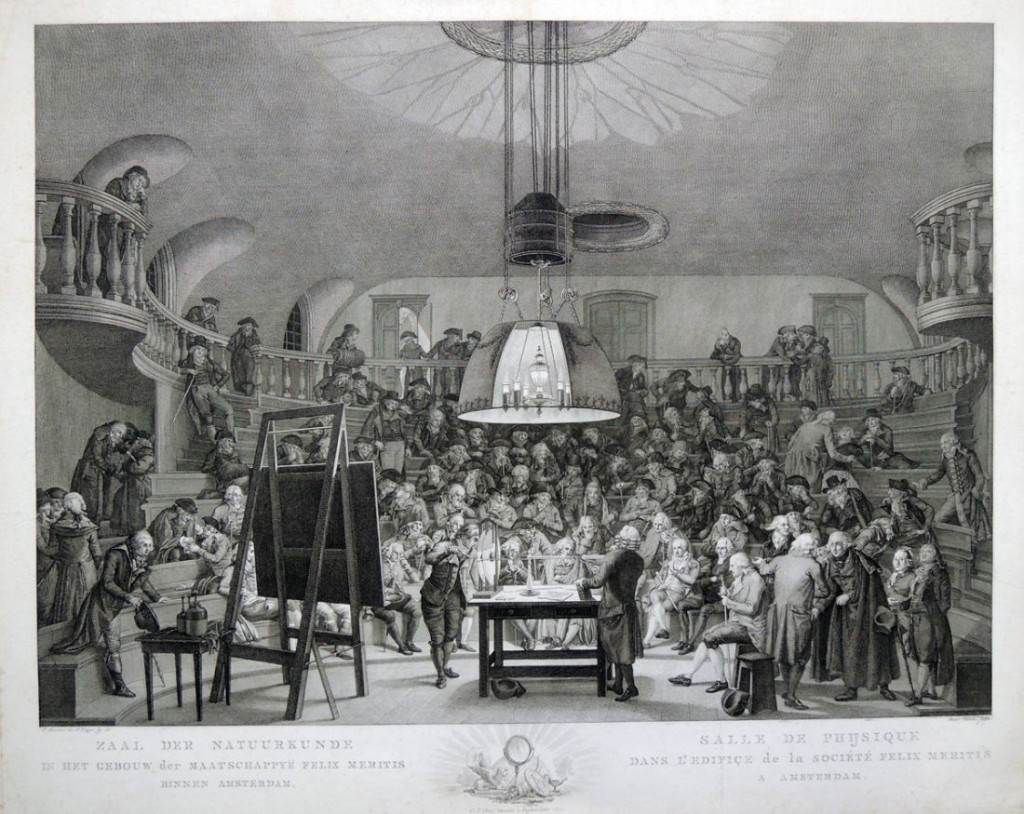
Reinier Vinkeles (1741-1816) after a drawing by Jacques Kuyper (1761-1808), Zaal der Natuurkunde in het gebouw der Maatschappyë Felix Meritis binnen Amsterdam = Salle de Phijsique dans l’Edifiçe de la société Felix Meritis a Amsterdam [Hall of Physics in the Building of the Felix Meritis Society in Amsterdam], 1801. Graphic Arts Collection Dutch prints

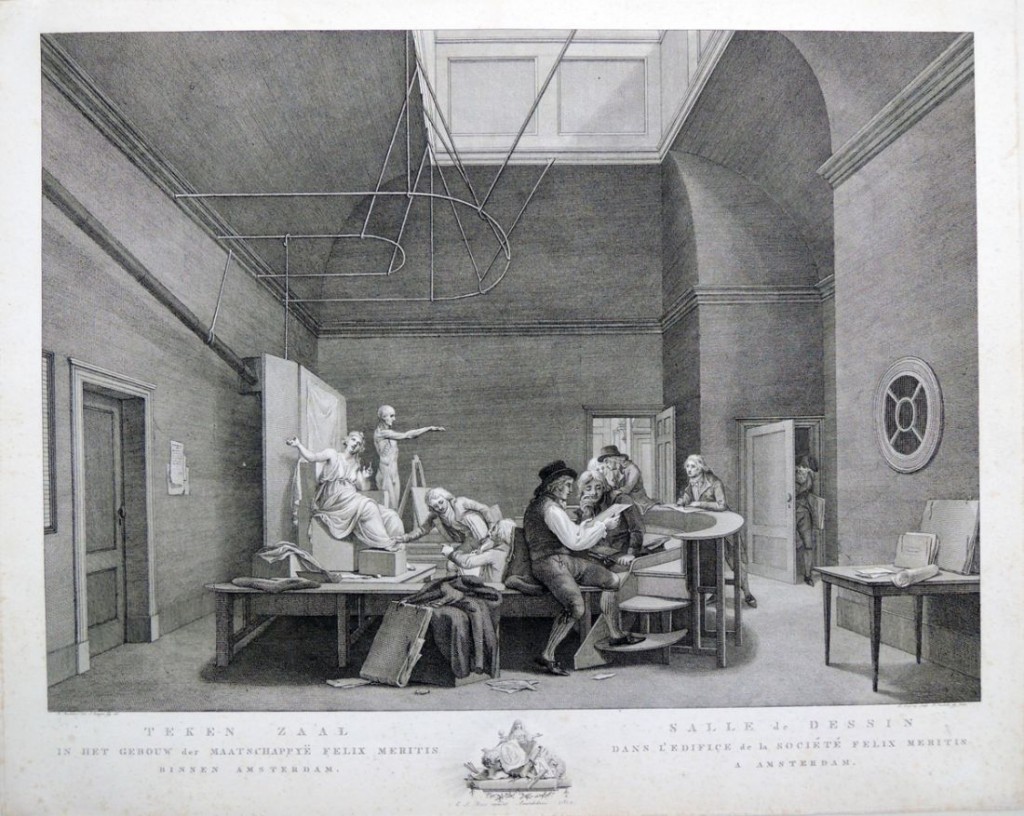 Reinier Vinkeles (1741-1816) after a drawing by Peter Barbier (1717-1780) and Jacques Kuyper (1761-1808), Teken Zaal in het gebouw der Maatschappyë Felix Meritis binnen Amsterdam = salle de Dessin dans l’edifiçe de la Société Felix Meritis a Amsterdam [Drawing Room in the Building of the Felix Meritis Society in Amsterdam], 1801. Engraving. Graphic Arts Collection Dutch prints
Reinier Vinkeles (1741-1816) after a drawing by Peter Barbier (1717-1780) and Jacques Kuyper (1761-1808), Teken Zaal in het gebouw der Maatschappyë Felix Meritis binnen Amsterdam = salle de Dessin dans l’edifiçe de la Société Felix Meritis a Amsterdam [Drawing Room in the Building of the Felix Meritis Society in Amsterdam], 1801. Engraving. Graphic Arts Collection Dutch prints
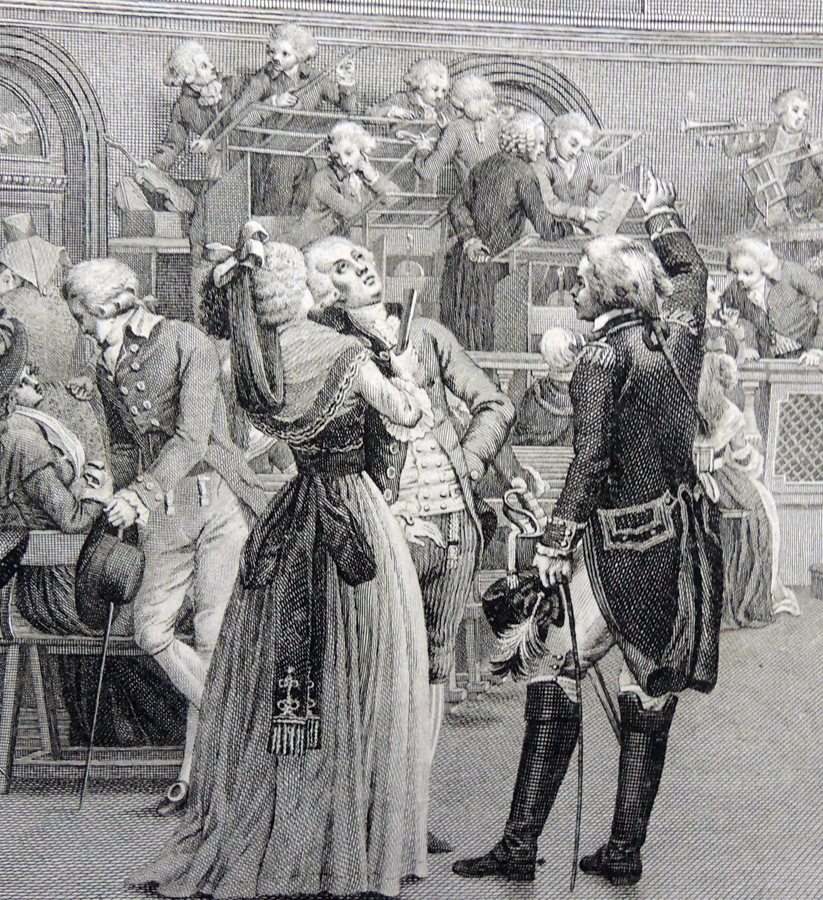
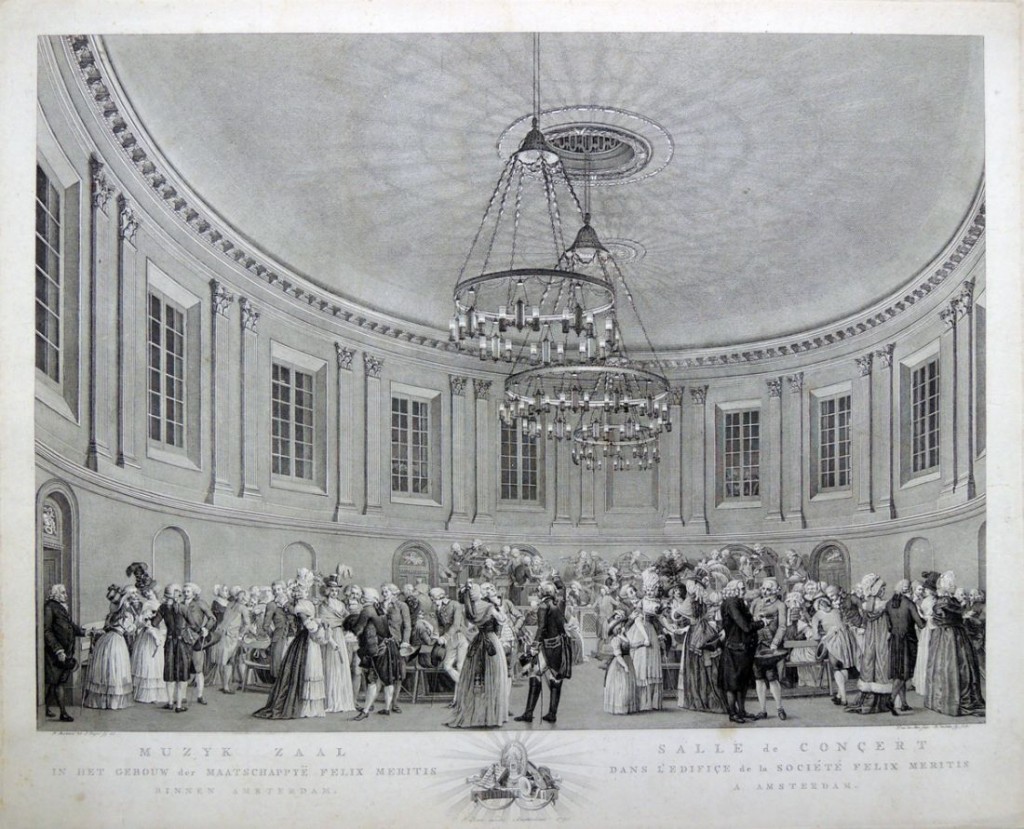 Reinier Vinkeles (1741-1816) after a drawing by Noach van der Meer Jr. (1741-1822), Muzyk zaal in het gebouw der Maatschappyë Felix Meritis binnen Amsterdam = Salle de Conçert dans l’Edifiçe de la Société Felix Meritis a Amsterdam [Concert Hall in the Building of Felix Meritis Society in Amsterdam], 1791. Engraving. Graphic Arts Collection Dutch prints
Reinier Vinkeles (1741-1816) after a drawing by Noach van der Meer Jr. (1741-1822), Muzyk zaal in het gebouw der Maatschappyë Felix Meritis binnen Amsterdam = Salle de Conçert dans l’Edifiçe de la Société Felix Meritis a Amsterdam [Concert Hall in the Building of Felix Meritis Society in Amsterdam], 1791. Engraving. Graphic Arts Collection Dutch prints
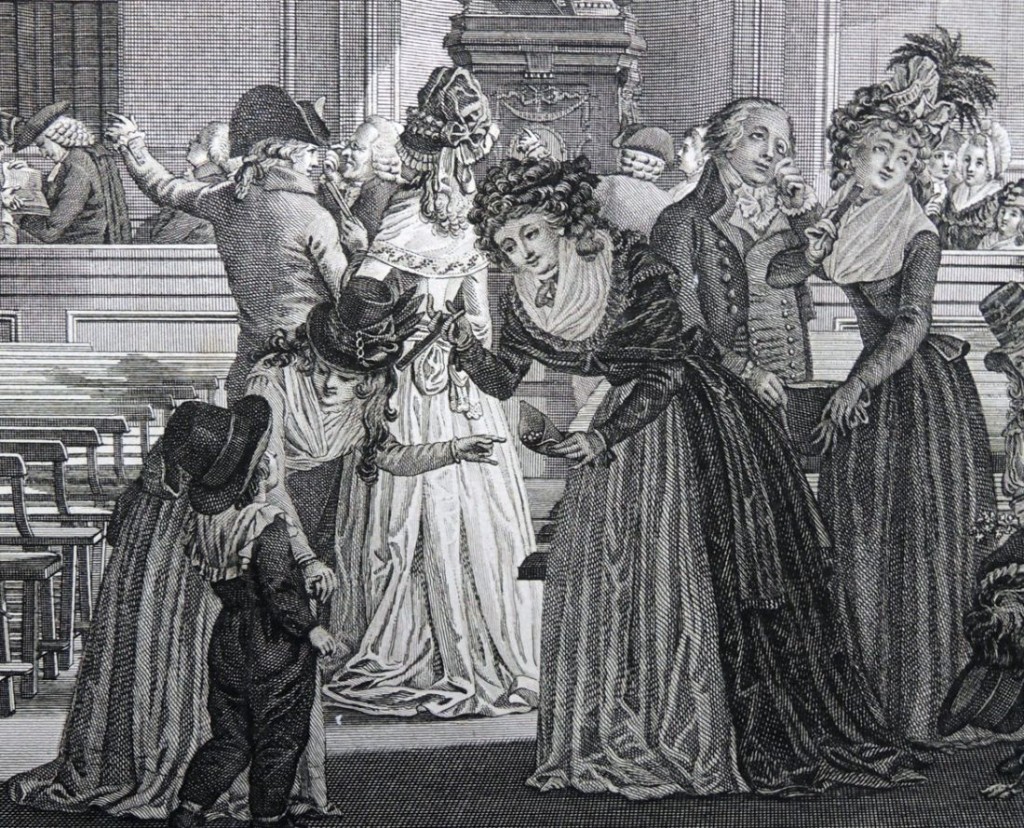
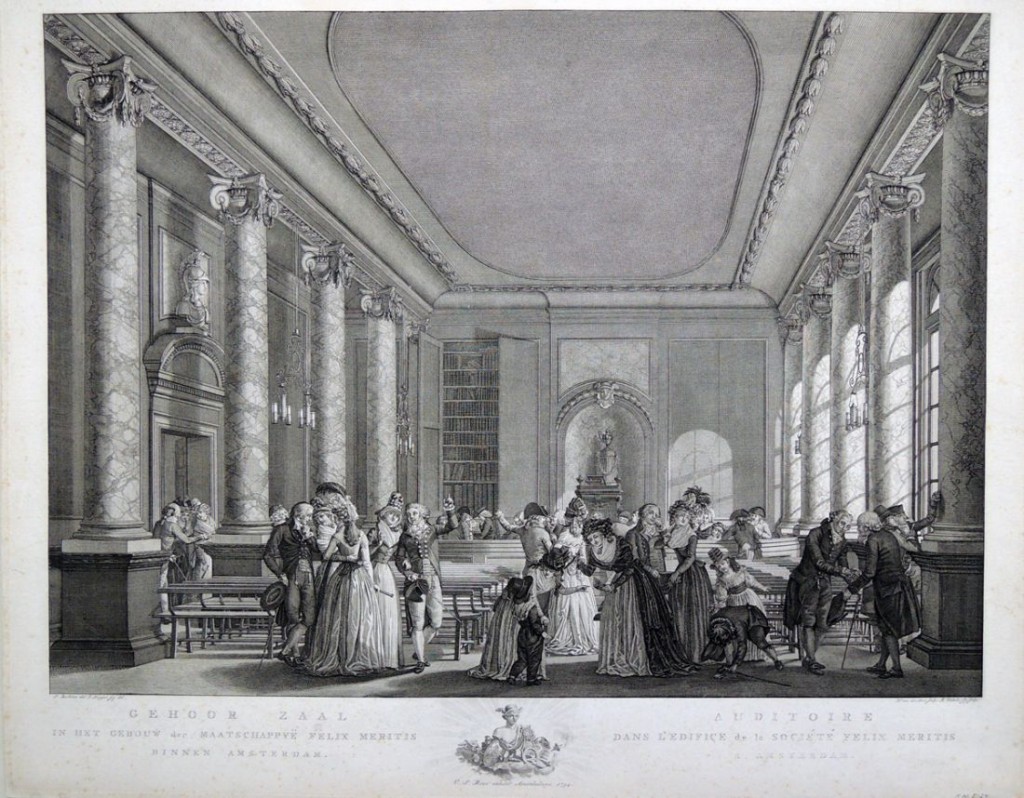 Reinier Vinkeles (1741-1816), Gehoor zaal in het gebouw der Maatschappyë Felix Meritis binnen Amsterdam. = Auditoire dans l’Edifiçe de la Société Felix Meritis a Amsterdam [Audience in the Building of the Felix Meritis Society in Amsterdam], 1794. Engraving. Graphic Arts Collection Dutch prints
Reinier Vinkeles (1741-1816), Gehoor zaal in het gebouw der Maatschappyë Felix Meritis binnen Amsterdam. = Auditoire dans l’Edifiçe de la Société Felix Meritis a Amsterdam [Audience in the Building of the Felix Meritis Society in Amsterdam], 1794. Engraving. Graphic Arts Collection Dutch prints

